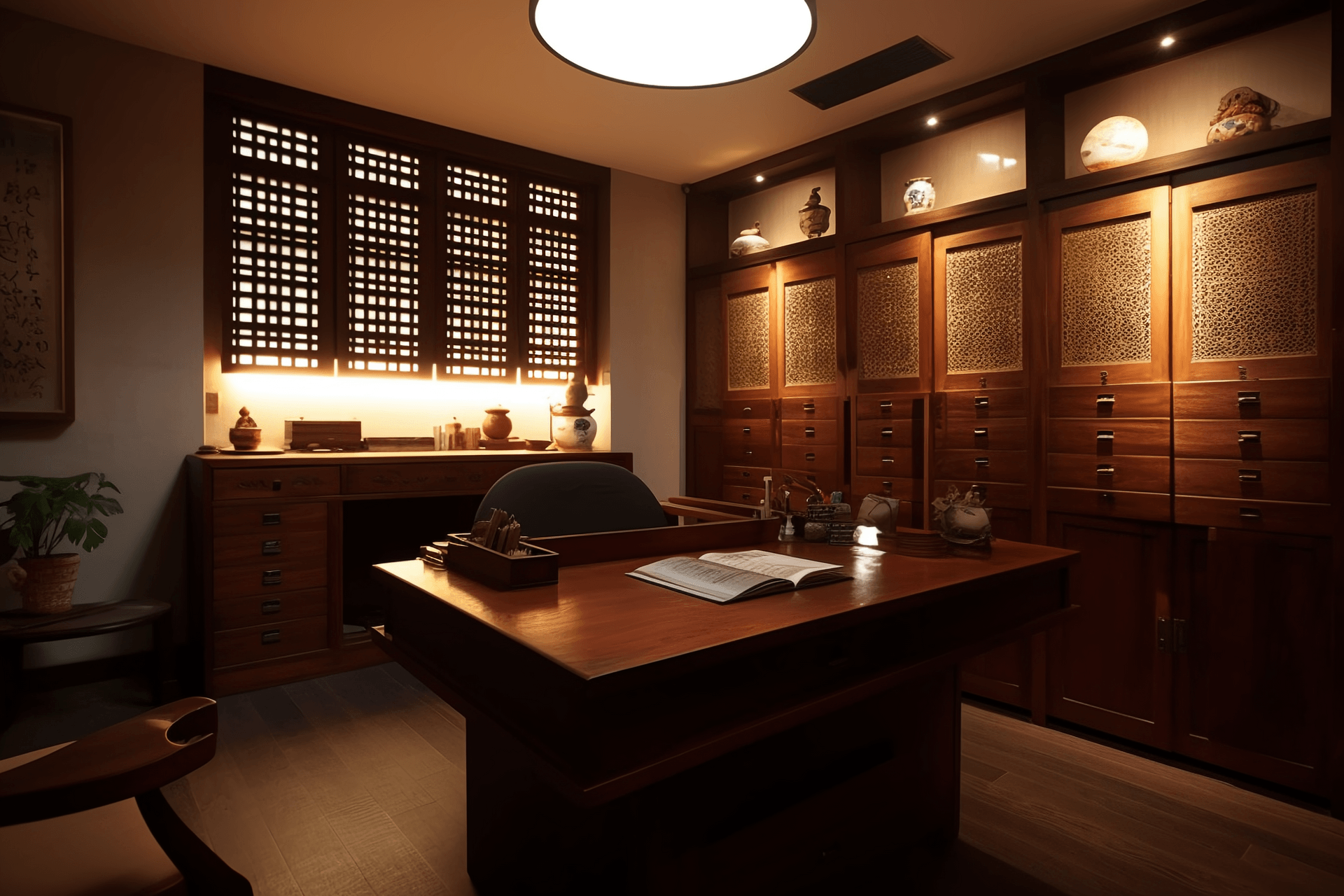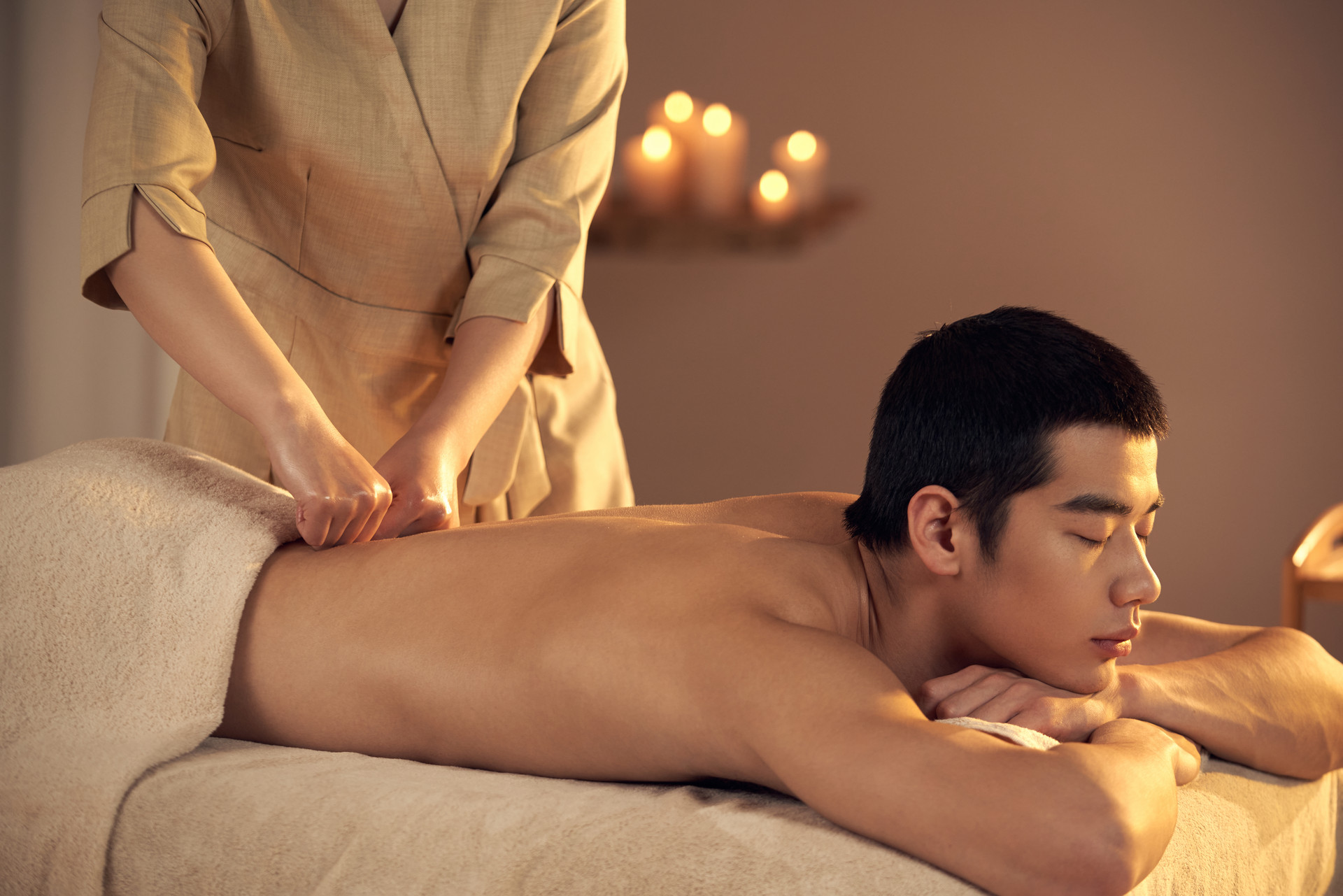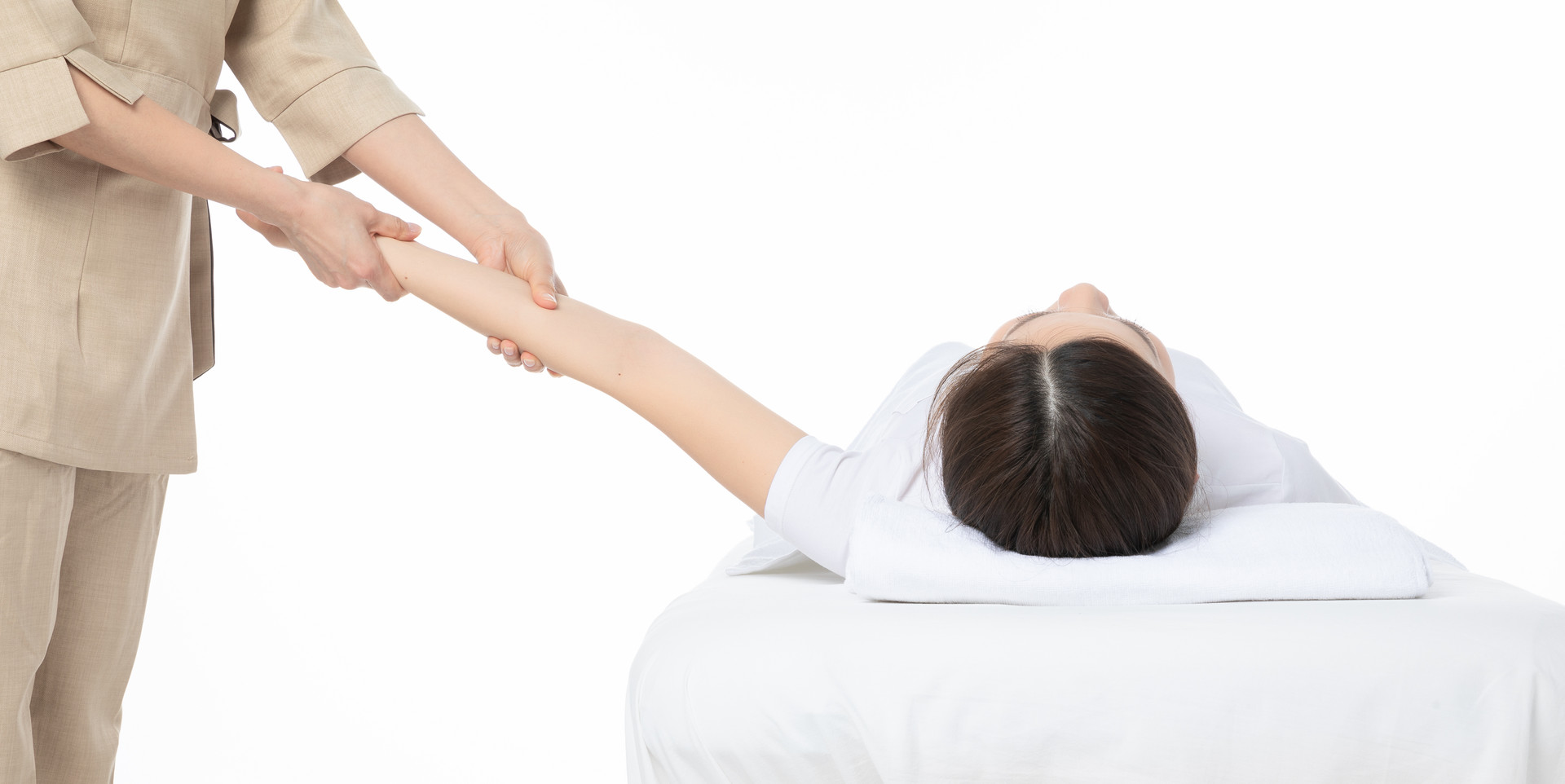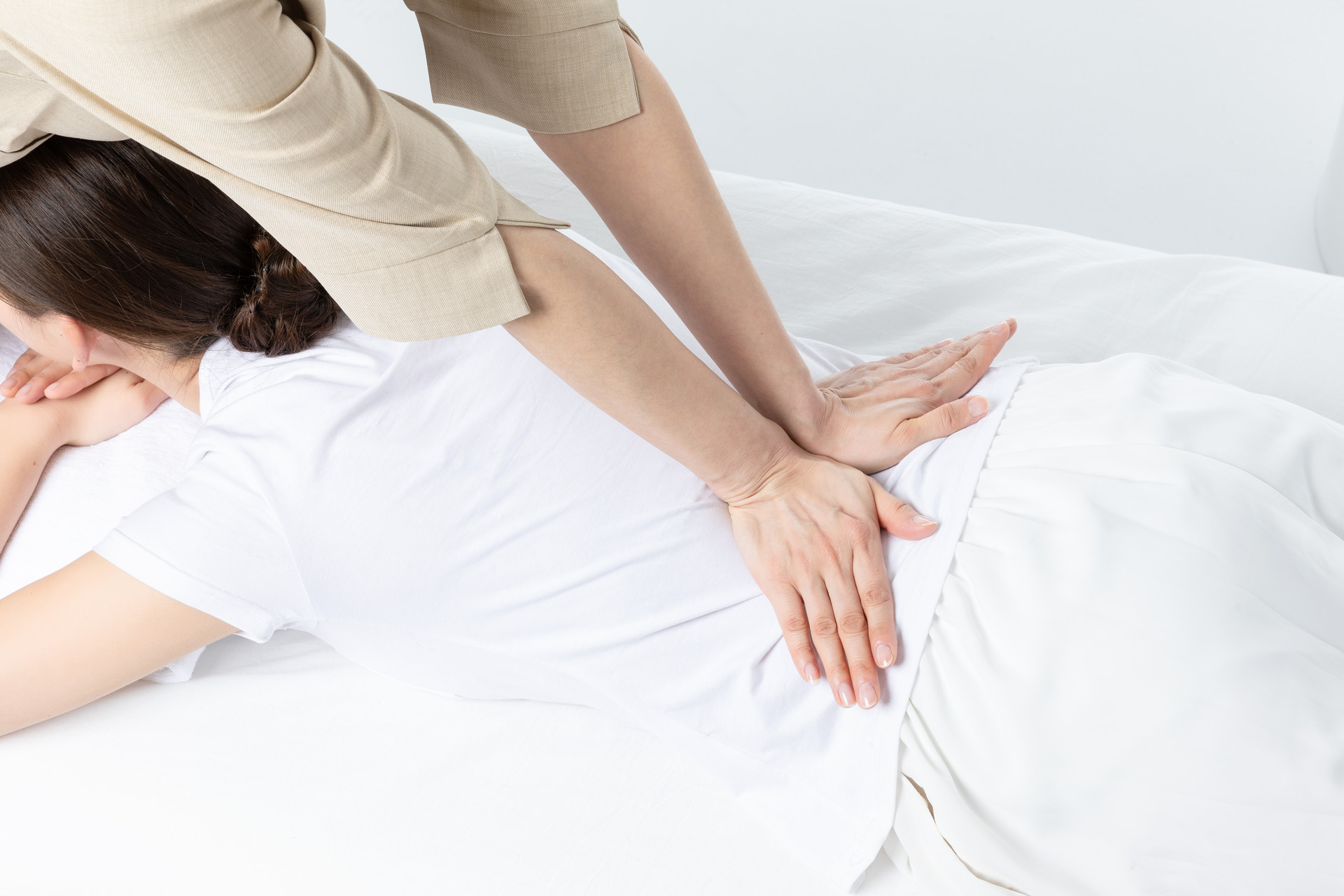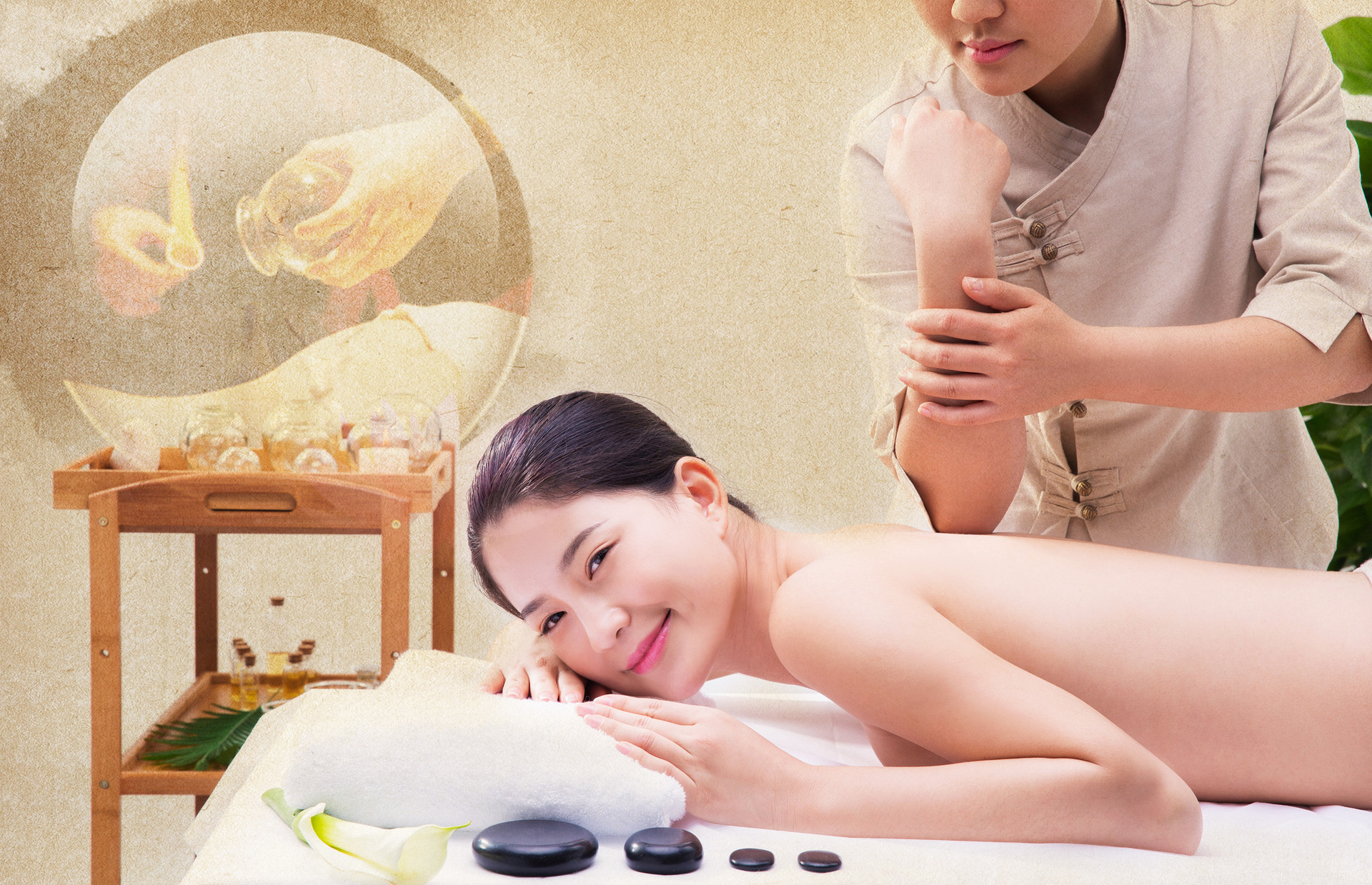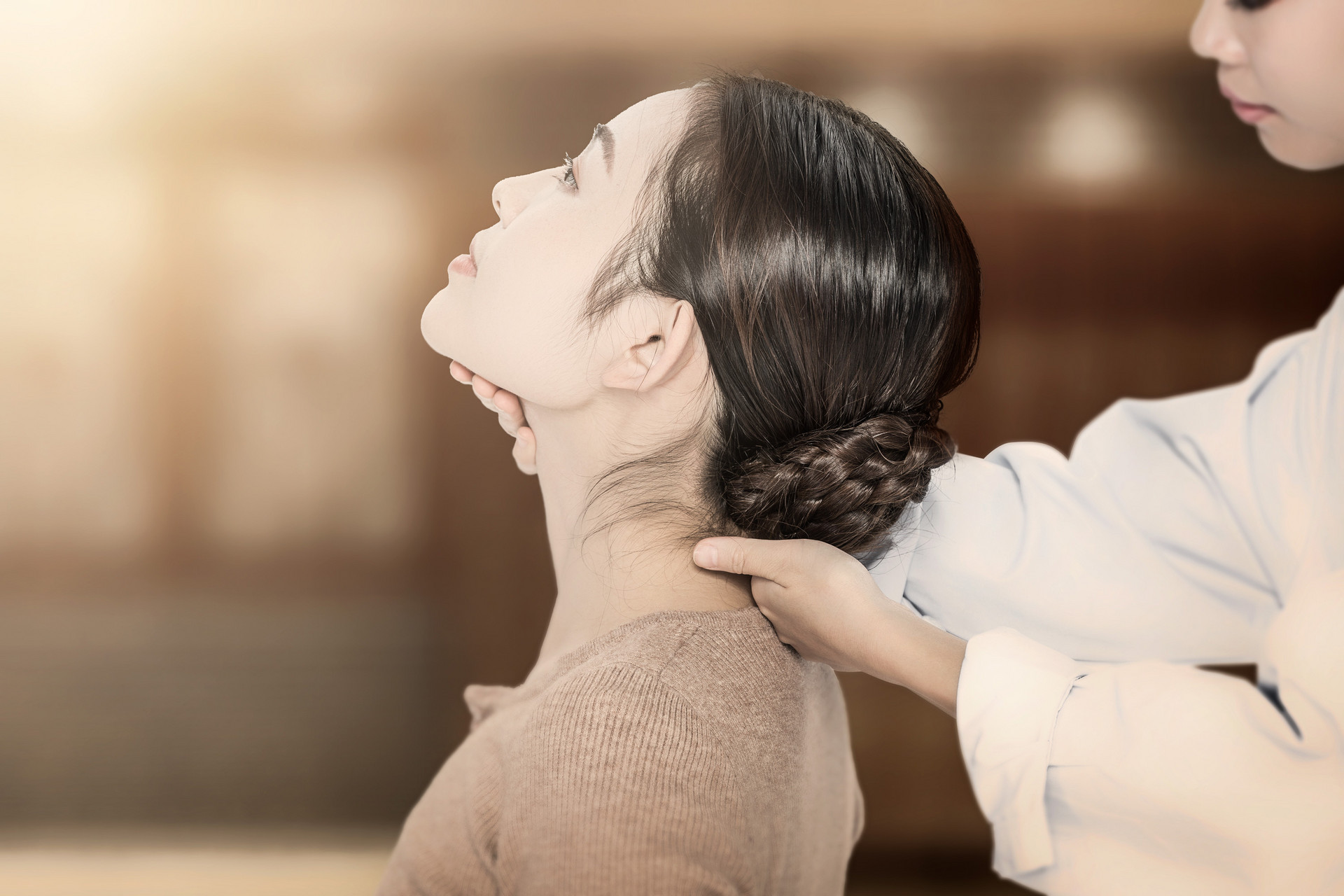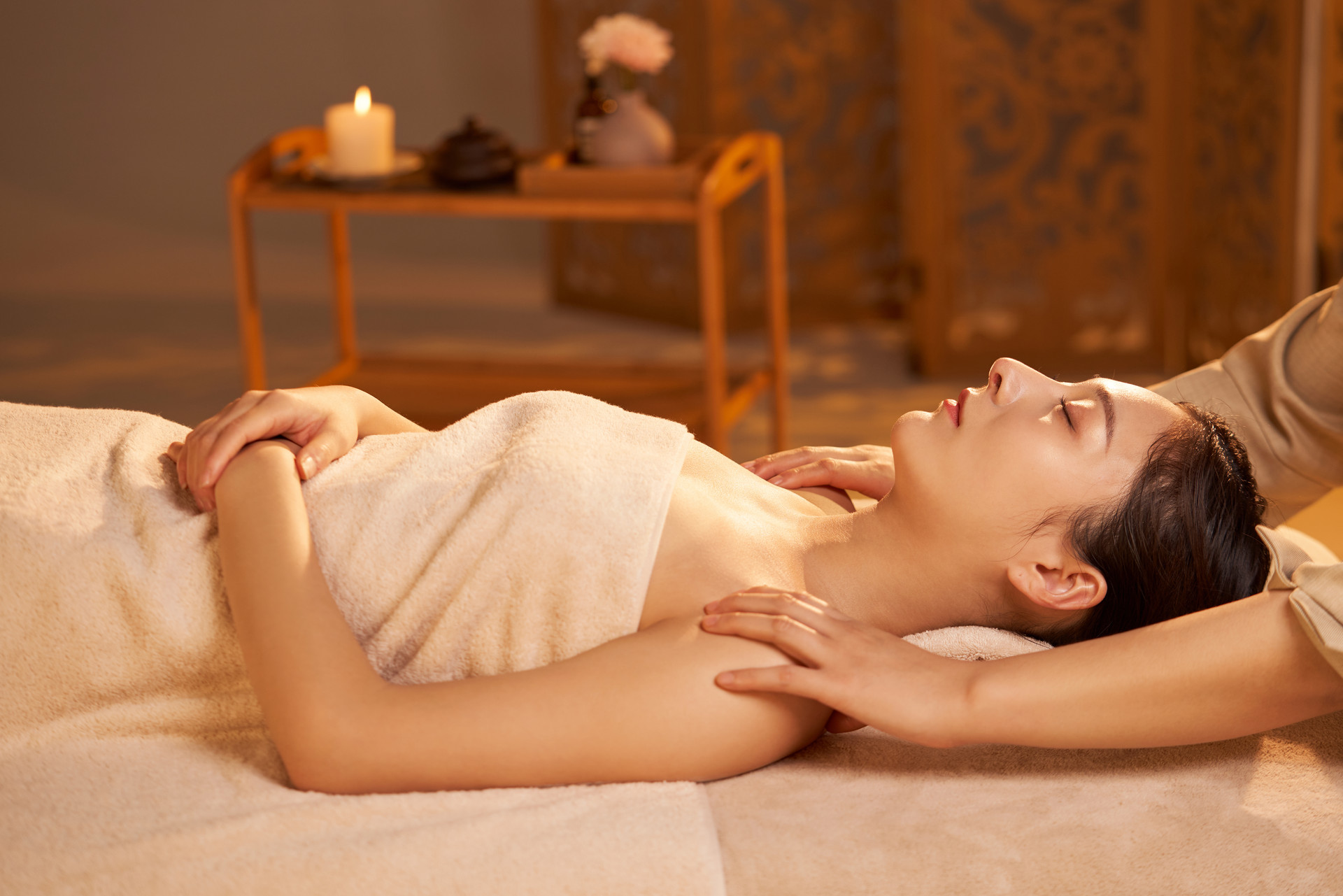The orthopedic massage therapy includes six types of treatments, including Wang Ziping's orthopedic massage therapy, Liu Shaonan's seventeen methods of orthopedic massage therapy, Huang Leshan's orthopedic massage therapy, Ge Changhai's traditional Chinese medicine orthopedic techniques, manipulation massage, and orthopedic back massage. These therapies are suitable for clinical treatment of orthopedic injuries. However, each therapy has its own unique characteristics. The characteristics of orthopedic massage therapy include: combining techniques with training; combining massage with orthopedics; emphasizing acupoints and integrating points, surfaces, and lines; emphasizing the regulation of meridians, loosening tendons, and promoting blood circulation in soft tissue techniques; paying attention to the strength of the techniques; requiring skillful hands and "cun gong" in the timing of techniques; emphasizing the combination of firmness and gentleness, using softness to overcome hardness; emphasizing training for orthopedic massage practitioners; emphasizing the integration of Chinese and Western medicine, and focusing on anatomy and physiology; and supporting the view that "techniques are the top priority in orthopedics". The characteristics of the seventeen methods of orthopedic massage therapy include: using the unique "one finger Zen" orthopedic massage and bone setting technique; emphasizing the skillful use of techniques to correct bones, such as rotation, shaking, pulling, pressing, back techniques, lifting, tilting, leg manipulation, and pressing and stepping techniques. The orthopedic massage therapy aims to restore the anatomical position of dislocated fractures, joints, muscles, and other body parts to improve symptoms and treat diseases. For example, the back technique can restore the normal function of the disordered small joints of the spine through actions such as traction, extension, up and down vibrations, rotation, and shaking.
2. Techniques used in orthopedic massage therapy
1. Orthopedic massage techniques include corrective rotation shaking, shaking, pulling and stretching, pressing and releasing, back techniques, support techniques, diagonal techniques, leg manipulation, and pressing and stepping techniques.
2. The seventeen methods of orthopedic massage therapy (one finger Zen orthopedic massage and bone setting technique) include rotating arm lifting, shoulder-to-shoulder technique, post-rotation elbow bending technique, neck retraction arm pulling technique, foot against upper arm technique, elbow bending and pulling technique, elbow winding technique, double hand wrist locking technique, finger pulling technique, hip bending and traction technique, knee stacking technique, ankle manipulation technique, neck manipulation technique, neck pulling technique, knee bending double leg lifting and waist stretching technique, leg lifting and waist bending technique, three-person waist pulling and spinal manipulation technique, etc.
3. Orthopedic massage techniques include eight bone correction techniques: one-hand heart-touching, bone separation by traction, rotation and pressing for correction, interlacement, pushing and pulling, bending and straightening, shaking and pressing, limb manipulation and tendon relaxation; and twelve massage techniques: pinching, bouncing, pressing, pressing and kneading, pressing, pushing, loosening, shaking, pulling, lifting, moving, and pressing.
4. Traditional Chinese medicine orthopedic techniques include thirteen techniques: touching, regulating, pulling, bending, rotating, shaking, manipulating, grasping, squeezing, combining, separating, kneading tendons, and beating.
5. Manipulation massage techniques include manipulation and shaking.
6. Orthopedic back massage technique is the use of back techniques.
The specific operation methods (with a focus on the seventeen methods of orthopedic massage therapy and the eight bone correction techniques, other methods are briefly mentioned) are as follows:
1. Seventeen methods of orthopedic massage therapy
(1) Rotating arm lifting: The patient sits, and the doctor stands behind the patient's affected limb, inserting the doctor's same-side arm under the patient's arm. The doctor uses the elbow and forearm to passively rotate and lift the patient's affected limb, gradually increasing the height of the arm lift. At the same time, the doctor uses the other hand to perform massage and manipulation on the patient's shoulder injury, and uses the force of the massage and manipulation to stabilize the joint and trunk, restraining the force during the rotation and lifting to a suitable level to prevent excessive force. This method is suitable for adhesive capsulitis of the shoulder or injuries to the shoulder joint and surrounding soft tissues.
(2) Shoulder-to-shoulder technique: The patient sits, and the doctor stands on the side front or side back of the affected limb, tightly holding the patient's affected limb at the elbow joint (olecranon) with the same-side hand. The doctor intermittently pushes the opposite shoulder (healthy side) to make the patient's fingers reach the maximum range of motion of the healthy shoulder and shoulder back. The other hand of the doctor performs massage and manipulation on the painful area of the affected arm. This method is suitable for adhesive capsulitis of the shoulder or injuries to the shoulder joint and surrounding soft tissues.
(3) Post-rotation elbow bending technique: The patient sits, and the doctor stands on the front side of the affected limb, inserting the opposite forearm into the patient's armpit and then gripping the upper part of the patient's affected limb wrist, passively rotating it internally and extending it backward, and then bending the elbow. At the same time, the doctor instructs the patient to actively rotate the back and combine it with the extension and flexion of the elbow, stabilizing the shoulder joint and restraining the force during the rotation and lifting. The doctor also applies pushing and squeezing techniques to the patient's shoulder area. This method is suitable for adhesive capsulitis of the shoulder or injuries to the shoulder joint and surrounding soft tissues.
(4) Neck retraction arm pulling technique: The patient sits, and the therapist stands in front of the affected limb. The patient's wrist is placed on the therapist's shoulder and neck area, and the therapist uses the movement of retracting the neck and shrugging the shoulders to hold the wrist. The therapist then passively pulls and shakes the affected arm outward. The therapist's one hand is placed on the patient's arm to stabilize the elbow joint, and the other hand is placed on the patient's shoulder to fix the shoulder joint and trunk, exerting opposite pulling force and intermittently performing pushing, pinching, and other techniques. Alternatively, the patient's affected arm is extended flat, with the palm facing up, placed at the therapist's opposite elbow bend,
| 1 2 3 > >> >>|



